Theresa Nelson is a graduate student in the joint M.A. in Art History and Museum Studies Certificate Program. Theresa and fellow Art History graduate students Floris Lafontant and Kira Lapinksy were awarded a University of St. Thomas Graduate Team Research Grant to research street art with Dr. Heather Shirey this summer.
This summer, with the support of the University of St. Thomas’s Graduate Team Research Grant, two of my peers and I worked alongside Dr. Heather Shirey in the Art History Department to approach street art from an art historical perspective. While street art is a well-established topic of inquiry in fields such as sociology and legal studies, it is relatively understudied in the field of art history at this time. When we first began our research and travels I was overwhelmed by the multitude of directions in which I could proceed, and for the first month or two of the summer I had a new idea every few days. It wasn’t until we returned from our time in Philadelphia and Chicago in the middle of July that I was able to settle on topic that truly inspired me: depictions of women in murals. I found that, despite being viewed as a fairly progressive art form, contemporary street art murals depicting women tend to fall into the same representations we have seen in more traditional forms of art for centuries.
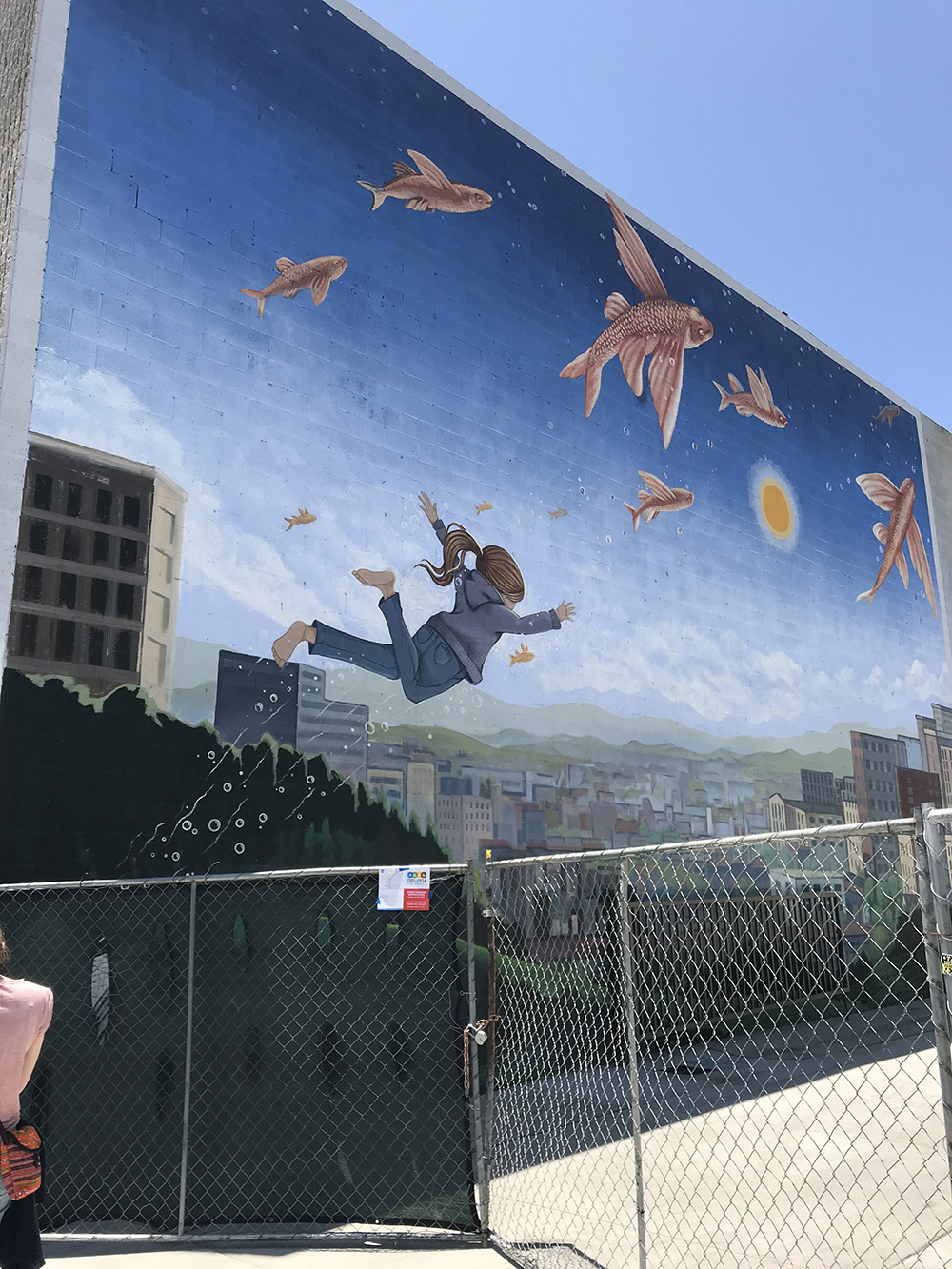
Without Boundaries, Levi Ponce and Sarah Ackerley. Los Angeles, CA. Photographed June 9, 2018.
Generalizations are dangerous territory, but based on our visits to Los Angeles, Philadelphia, Chicago, and, of course, the Twin Cities, certain trends do appear in regards to the representation of women in the context of street art. I found that Downtown L.A.’s murals tended to emphasize aesthetics over social content, whereas Philadelphia’s murals (primarily supported by Mural Arts Philadelphia) touted the city’s history and diverse cultures and communities. When thinking back on the murals showing women in L.A., I struggle to think of examples that aren’t painted by men showing women as objects—the exceptions are the murals that depict young girls. Girls are shown reading and using their imaginations, breaking boundaries, and contributing to their communities—as seen in the murals Without Boundaries and Tribute to Alex Scott. And although the murals in Philadelphia and outer neighborhoods of Chicago were more socially driven, the spotlight still shone on men, as seen in Henry Ossawa Tanner: Letters of Influence, or, in the case of Pilsen in Chicago, the Virgin of Guadalupe instead of contemporary women in the neighborhood.
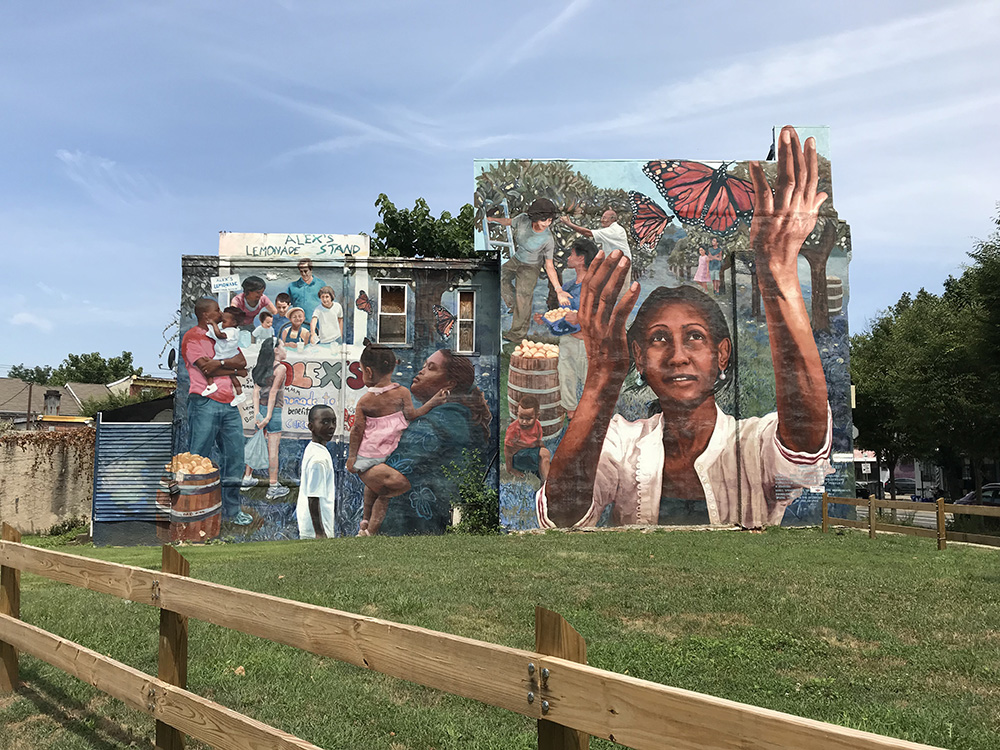
Tribute to Alex Scott, Robert Minervini. Philadelphia, PA. Photographed July 13, 2018.
While writing my formal research paper about the representation of women in street art, I kept circling back around to questions about women artists and self-representation. To what degree is it the responsibility of women artists working in the streets to change the dynamic and create representations of women that challenge the status quo? To what degree is this a larger societal issue that needs to be addressed? Why are we still viewing women in a sexualized way, neglecting to satisfactorily show the endless accomplishments of women outside of their ability to appear pleasing to the male gaze? If I’m going to suggest that women artists step outside what they have been creating, perhaps it is only right to put that same pressure on men.
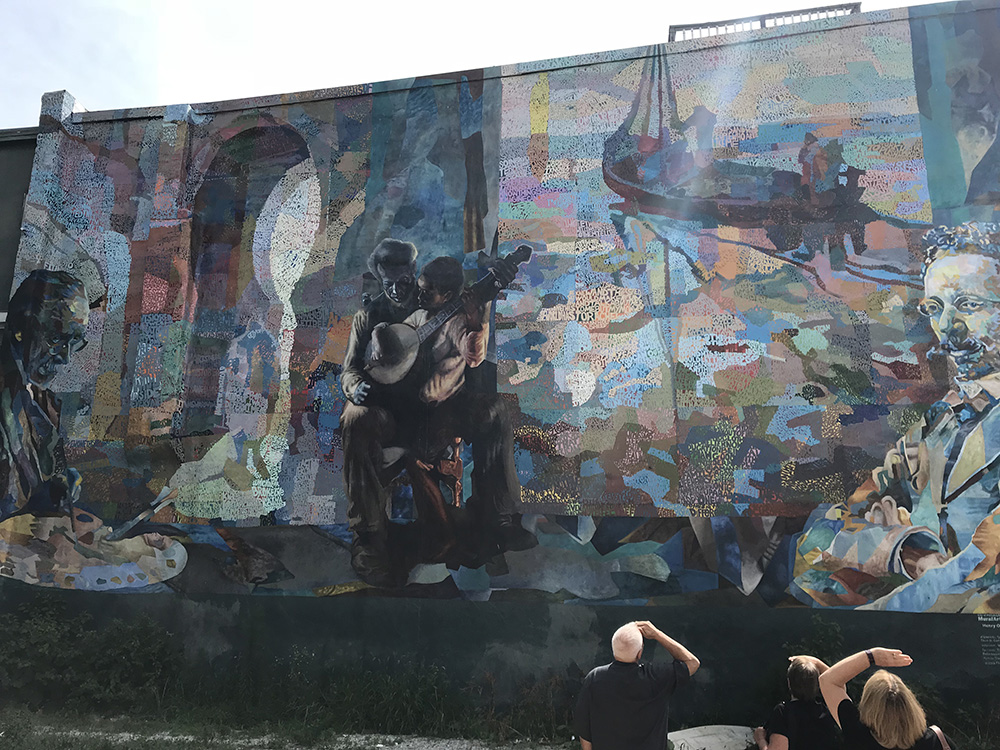
Henry Ossawa Tanner: Letters of Influence, Keir M. Johnston. Philadelphia, PA. Photographed July 13, 2018.
I look forward to watching street art develop as an area of study and as an art form. Artists such as Sam Kirk are already contributing to better representation of women. Her murals balance aesthetics and content, celebrating the accomplishments of women on a national scale, as well as recognizing the diversity of neighborhoods in Chicago.
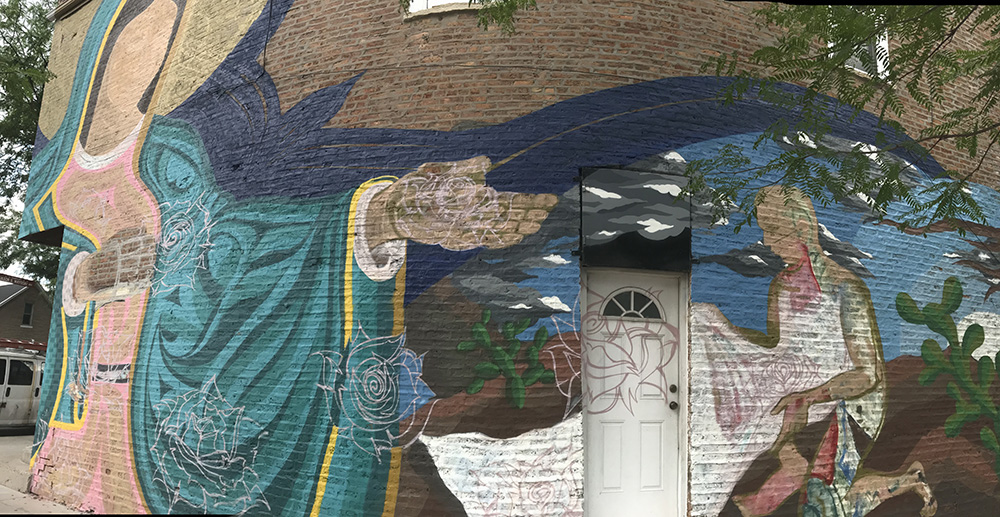
Unknown title and artist. Pilsen, Chicago, IL. Photographed July 15, 2018.
As pleasing as it would be to see this change take place immediately, the realist (okay, pessimist) in me knows it will take time. And maybe more art historical research on street art will help speed things up—bringing attention to the issues of representation is a necessary first step.
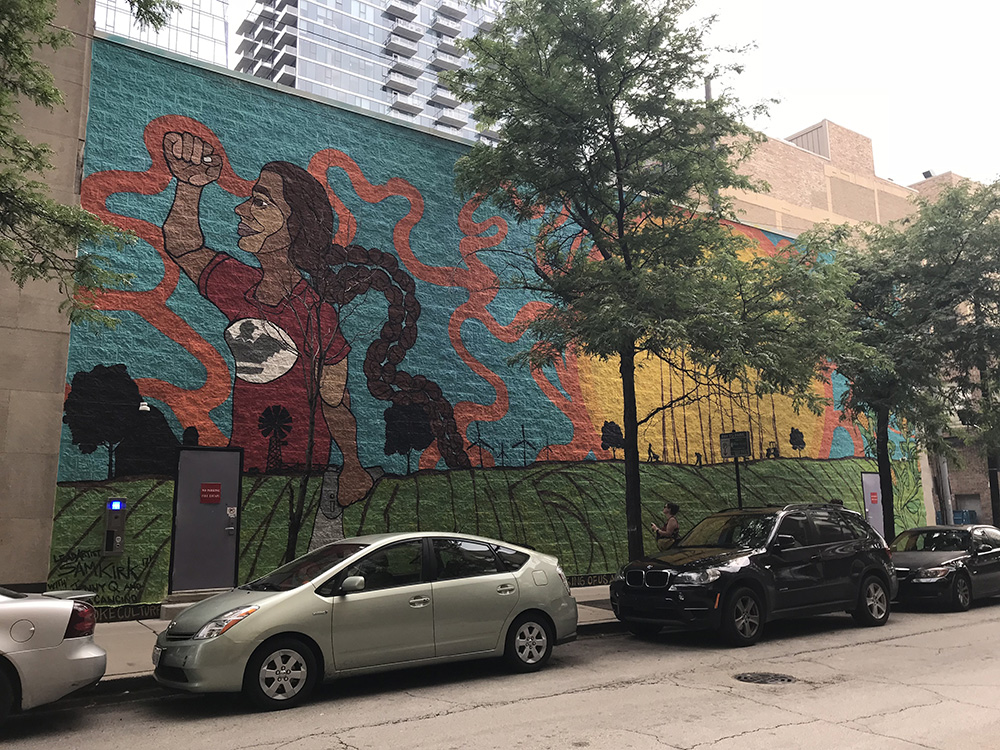
Si Se Puede, Sam Kirk. Chicago, IL. Photographed July 14, 2018.